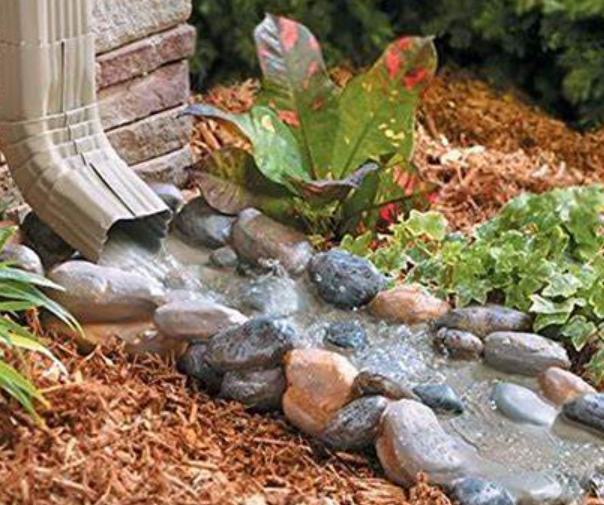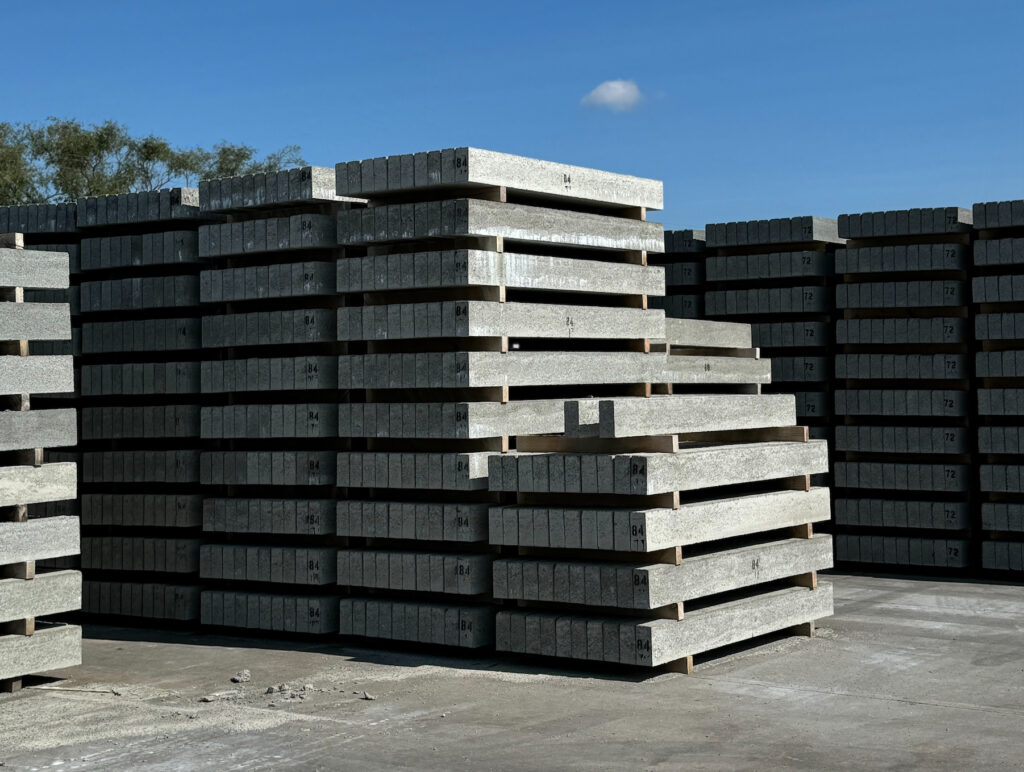Inaccurate Soil and Stormwater Models
Green infrastructure stormwater practices are predicated on a soil’s ability to absorb or infiltrate water. This value is reported in in/hr with better draining soils like sand having higher infiltration rates (Ksat: 0.50+ in/hr) as compared to poor draining soils like clay (Ksat: 0.0 in/hr- 0.25 in/hr). What is not stated is that these values are based on saturated soil (Ksat)—soil that has been fully hydrated.
The problem with using Ksat in the real world is two-fold
- The First Flush (first ~1/10″ of rainfall) contains most of the pollutants. After this the stormwater is mostly just clean water. Think washing dishes, where most of the foodstuff comes off initially, and after that it’s really just water running down the drain. If you want to protect downstream water bodies, this is the most important piece to capture and treat.
- The soil is rarely if ever is wet at the start of a rain event, meaning that the effective infiltration rate is much lower as the soil begins to saturate. So performance is much worse at the start of a rainfall event then at the end. See video below
So to put it simply: the most important portion of stormwater for water quality is the least likely to be captured by most systems that rely on infiltration alone. Seems like a real miss…
When I ask folks about this they state that this is the most accurate value, so if we didn’t use this then we would have nothing. Which is a bit dramatic, and entirely unproductive. The value isn’t wrong, but applied incorrectly. We don’t need stormwater regulations for the sake of regulations, but rather sensible rules that reflect real practices.
To do this we need to account for the differential application of Ksat depending on the practice under consideration. Swales, and similar structures, allow water that is not absorbed to continue flowing past deviate the most from expected, and should be appropriately discounted. While those that store/capture the first flush are the best because it gives the soil time to process the worst water, and should be given fuller credit. Not acknowledging the differences in these practices is a real miss. And unfortunately that means that our stormwater models are not accurate, leading to rules not functioning as they are intended.
Furthermore, we’ve shown the effective soil infiltration rates to be greatly impacted by the hydrostatic head. That is when water is pushing other water into the soil the infiltration rate can be >5x greater than the expected Ksat value. This improvement is only for about 2 feet of hydrostatic head, and know this is directly correlated to the height of the water. We know this because we’ve put sensors in our systems to measure their overperformance.
When we build our stormwater models on the shaky foundation that is Ksat, we’ve doomed our models to be forever inaccurate. We can do better than prejudicing soil with the broad brush of Ksat.
Let’s let performance dictate regulation, and not the other way around.

VP of Business DevelopmentAaron Fisher
Latest News

How Long Does Type S Mortar Take To Cure?
Like all mortars, Type S mortar requires careful attention during the curing process to reach its full strength. This isn’t […]

Decorative Downspout Splash Block Ideas For A Stylish Exterior
Creating a stylish exterior involves paying attention to the smallest details, and downspout splash blocks can make a surprising difference. […]

A Stormwater Compromise to Nowhere
I went to visit my grandmother at her new apartment and drove past an atrocity of a stormwater/transportation compromise. It […]

Choosing The Right Size: Your Essential Concrete Lintel Size Guide
Choosing the right size for a concrete lintel is a critical decision that can significantly impact the structural integrity of […]
